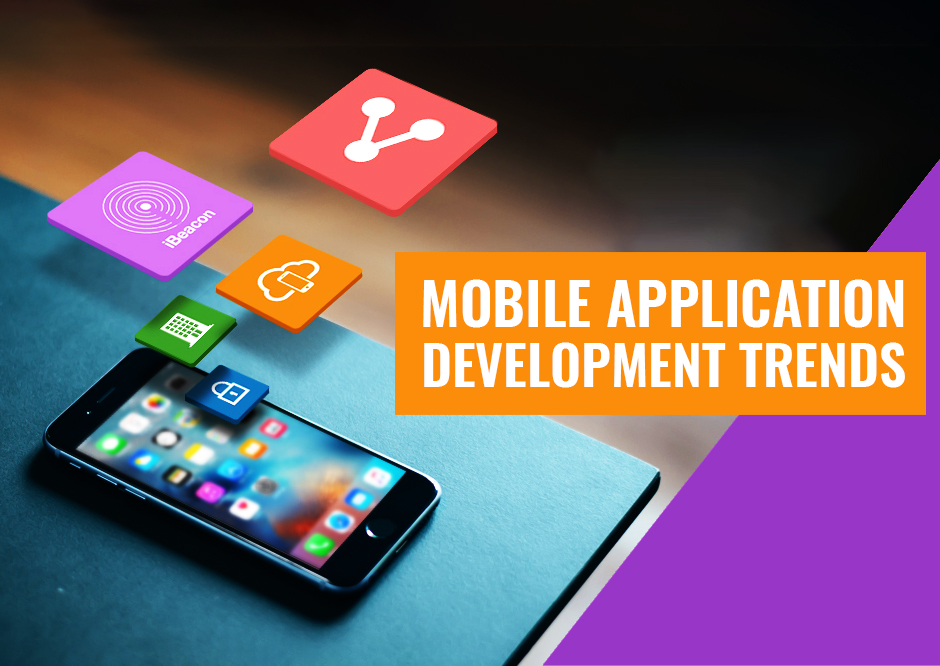
mobile app development
Mobile applications today are the most viable way to get all the information, solutions, stuff and everything through a few clicks. Due to this, not just old businesses, but startups are planning to take their business online.
“If your business is not online, then your business will be out of business”- a line by Bill Gates is strong enough to reflect the importance of digitalization.
This is the reason there are over 5 million Android and iOS mobile applications available in the play store. The growing number of mobile applications is a clear sign of users’ interest in them. Hence, developing a right and appropriate mobile application is the topmost priority of all mobile app development company.
Once the app development process gets completed, there are still 6 steps that need to look upon for seamless experience.
Keeping the same thought in mind, here are 6 things that should be taken care of after the completion of the mobile app development process.
- Testing
Testing is the most important step in order to figure even the smallest issues in a mobile application. Through proper and in-depth mobile app testing processes, the chances of lagging behind in terms of technicality, user experience, UX/UI issues, etc can be minimized or eliminated.
In order to do so, there are two kinds of testing. Automated testing and beta testing. Automating testing helps in figuring out the flaws automatically. Also, it can be done simultaneously as and when the app phases are being made.
The next kind of testing involves the experience of real-life users. It can be done by letting an internal team use the app so that they can provide their feedback for the same. Real-life user testing helps in understanding the drawbacks of featuring different features and functionalities in an application.
Hence, testing is the most obvious step after the completion of the mobile app development process.
- Deployment
After passing the testing phase, the next step is to deploy the app to the respective platforms- Android or iOS.
Deploying does not mean launching the app but it is about following the strict guidelines of the respective platforms. Without following the guidelines, the app might get charged with penalties too.
Apart from that, there are some things that should be kept in mind when submitting the app to the app store. Keeping everything in mind, iOS and Android app developers ensures not to miss even the smallest of the task.
- App performance tracking
Once the app gets deployed to the app store, the next step is to track the app performance. Tracking the app performance shows how the app is performing in the market among users.
Along with that, app performance tracking helps in understanding what is the current market trend, how the competitor is rendering their services and products to the users, what kind of products or things are being liked by the users, what is trending in the market, etc helps in picturing where the app is lagging behind. And if the app fulfills all the obvious parameters, it means the app is performing well.
- Feedbacks
App performance tracking covers the feedback section too. Feedback can be in the form of reviews, ratings, goodwill or bad things about the app performance. Feedbacks are the right asset in order to analyze what is bothering users and what can be done next to solve their issue.
- Code-ownership
Code-ownership is the most important thing that should be taken care of after the completion of the mobile app development process. Mobile app development companies often provide the ownership code to the clients and many a time, due to using some high-end technology in the process of app development, companies refuse to hand over the same.
However, what so ever reason it is to, the client should remember to ask for an app ownership code.
- Updates
Timely updates are the blood for mobile applications. Without updates, mobile applications will not be able to survive in the market for a longer run.
Hence, feeding the app with new features, functionalities, refinements, error-correction, bug-fixing, timely updates should be made. This will result in making the app stand strong among competitors while serving what a user looks for.
The updates should also be made as per the reviews, feedbacks given by the users, current market trends, etc.
These are the 6 upcoming things that should be done after the completion of the app development process. A few among them are quite obvious but a person who is entering the world of mobile apps should keep these things in mind.





More Stories
Role of HRMS in Mobile App vs Biometric Integration for Right Attendance
HRMS Invensis: Benefits and HRMS Services Offer by Invensis
JCBL HRMS: Key Features and Benefits